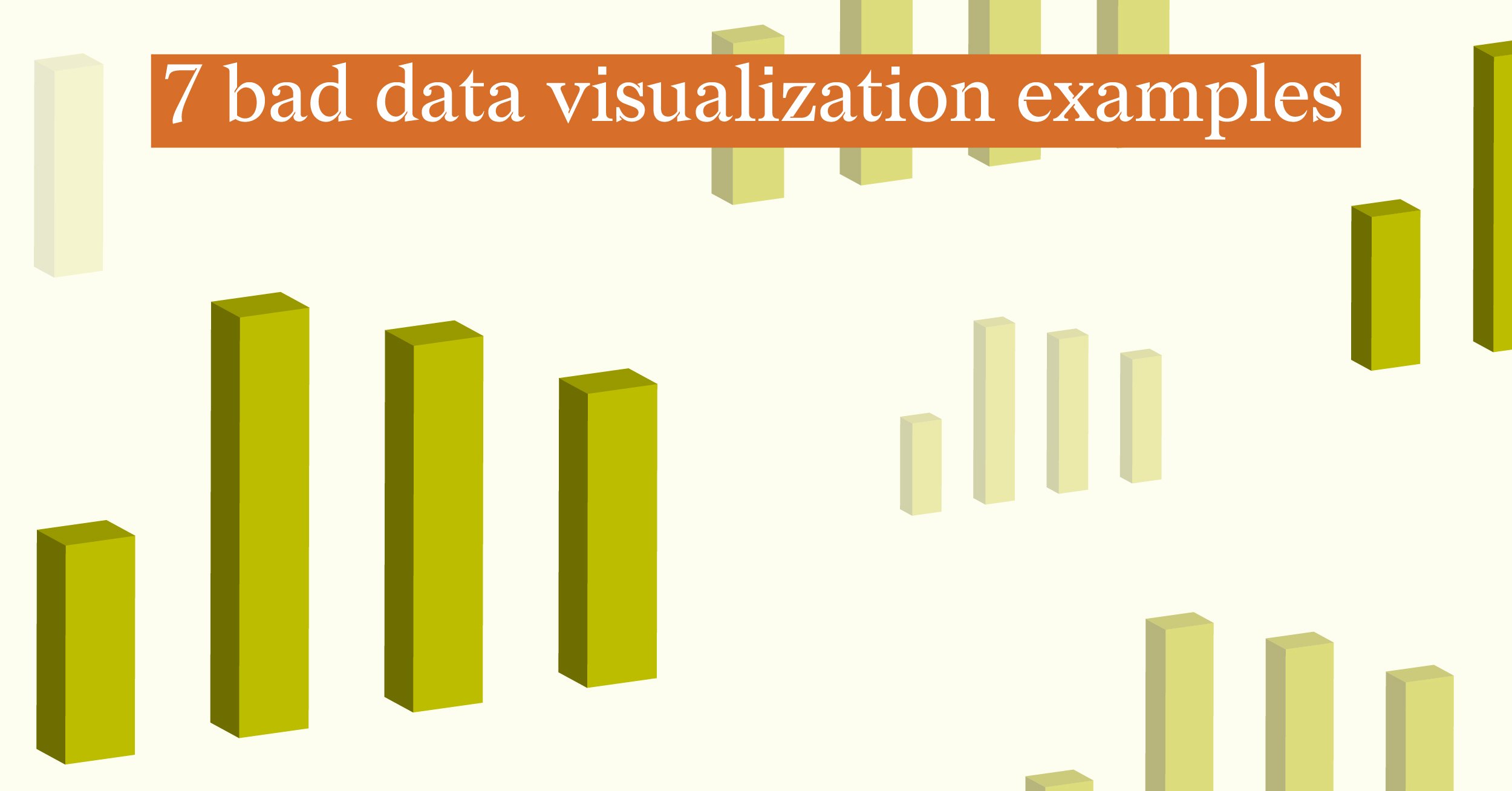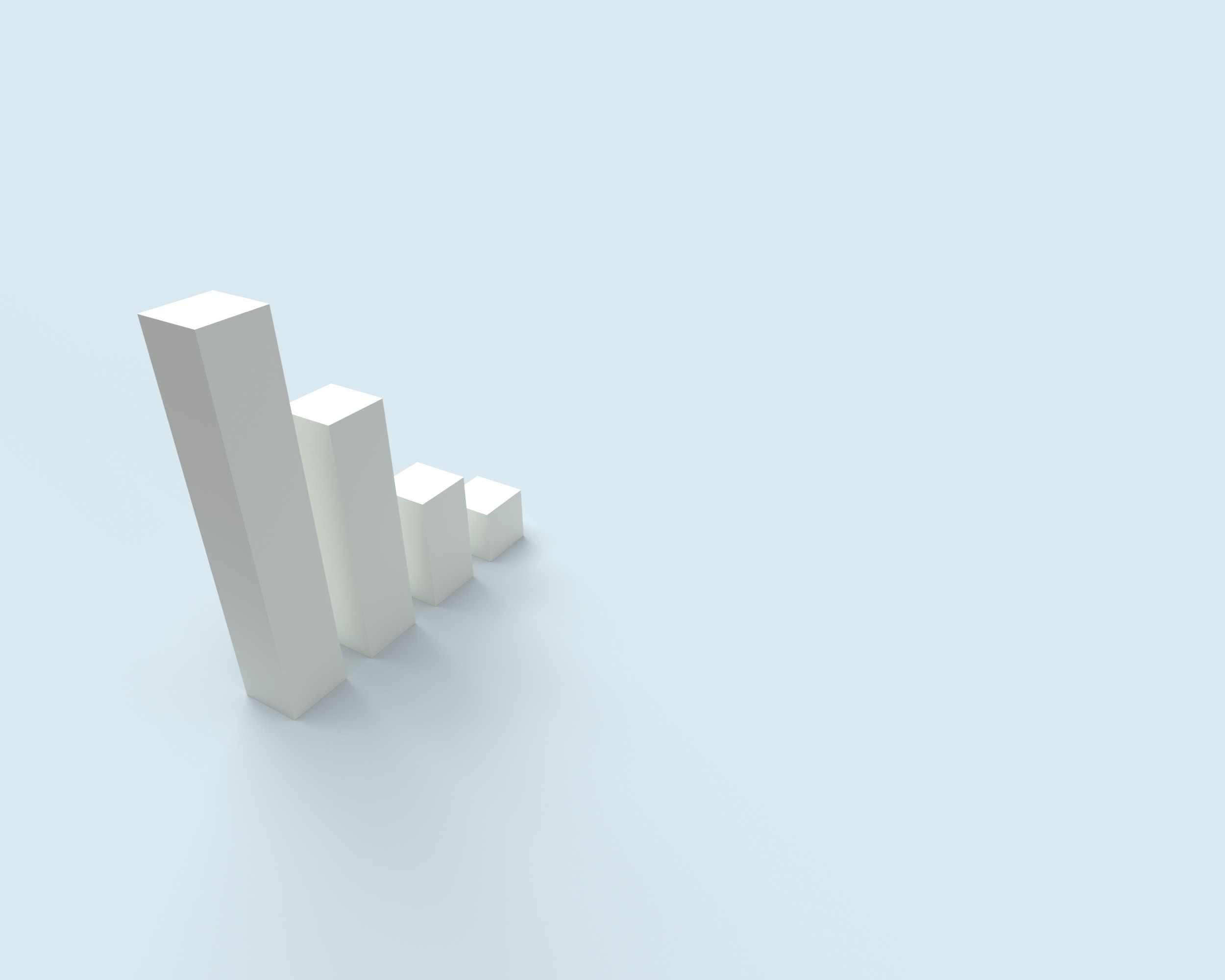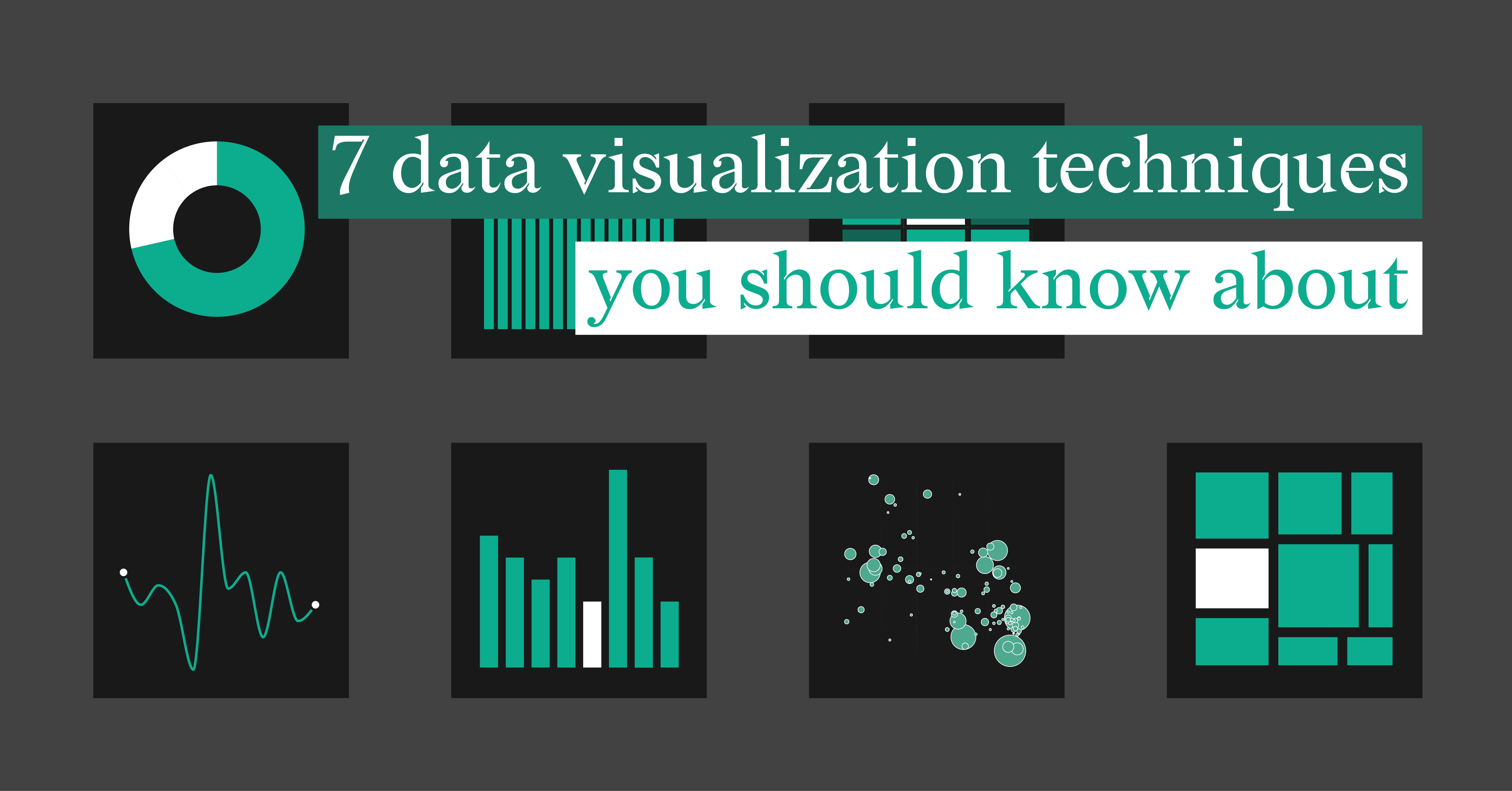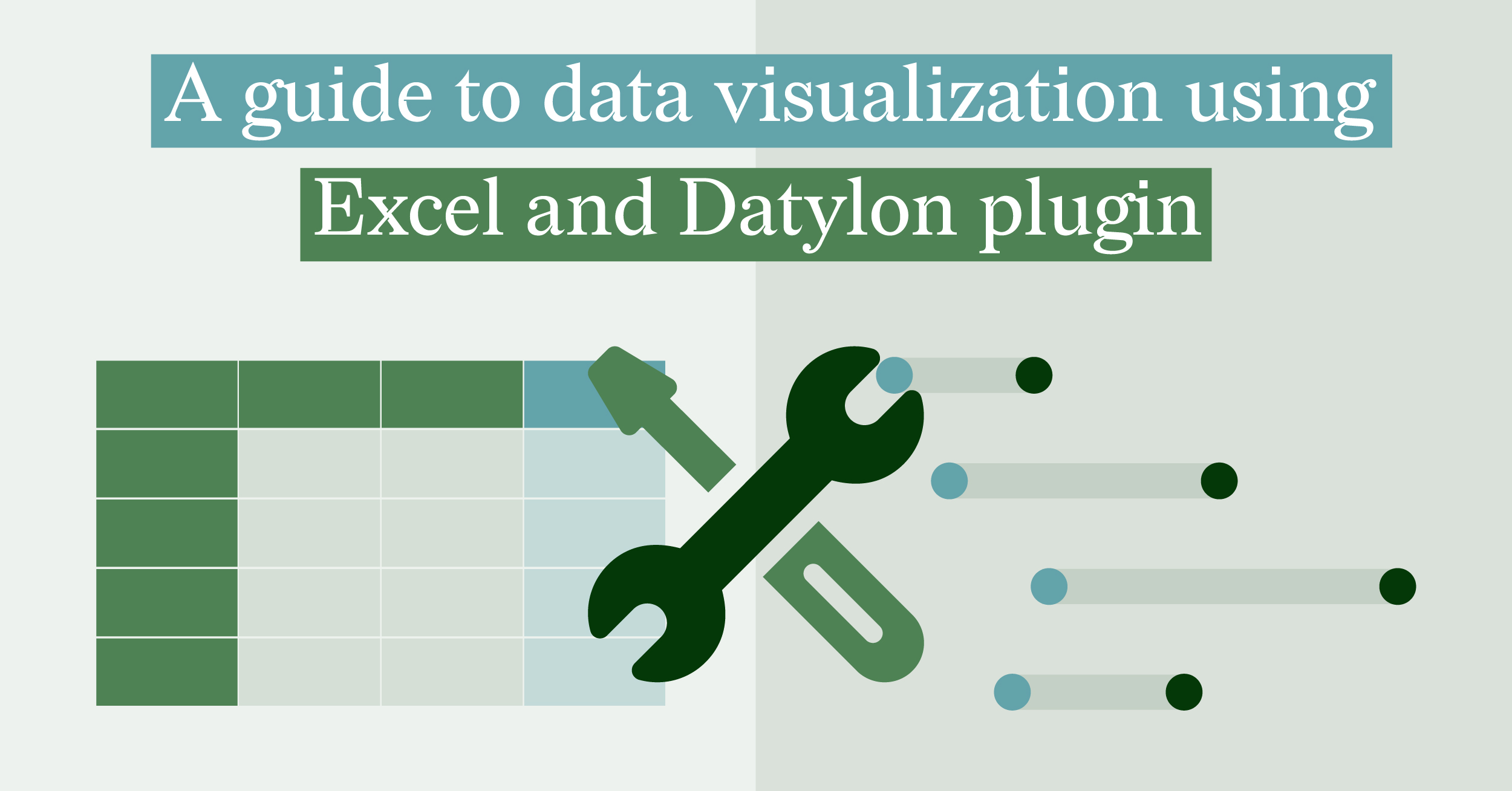7 Bad Data Visualization Examples

Understanding the complexities of data can be a challenging task. To simplify this entire process, it is useful to present readers with information graphically by using data visualizations. Here, patterns and insights become more accessible and easier to comprehend, enabling you to observe and interpret complex data more accurately.
There are many great examples of data visualization out there, giving users a better, clearer idea of what the presented information means. A good data visualization provides visual context to data, whether that be through graphs, maps, or charts.
Unfortunately, there are also many bad instances of data visualization, misleading users, and even spreading incorrect information. To ensure you avoid common data mistakes, we have created this guide on 7 bad data visualization examples. We will identify some of the biggest errors when it comes to data visualization so you can successfully present your data for better decision-making.
Bad Data Visualization Explained
To understand what bad data visualization is, we first need to discuss what good data visualization is. To understand complex data information, its visualization needs to be clear, concise, and insightful. It must also utilize any appropriate charts, colors, and labels to enhance the user’s comprehension.
Bad data visualization could potentially misinform or mislead the viewer. The worst examples of data visualizations tend to share a few common traits:
- The presentation of inaccurate or too much data distorts the true reality of the information.
- Hides relevant data.
- Does not show enough data, misleading the viewer.
- Distorts data by using graphic forms in incorrect manners.
Below are 7 examples of bad data visualization techniques so you can be in a better position to identify them and avoid being misled.

1. Pie Charts Overloaded With Categories
The best pie charts tend to have few categories, not more than 5 is advised, as any more than this can make it difficult to understand. For instance, trying to distinguish between more than five or more parts within a circle can become disorienting.
If your data requires more than five categories, it may be a good idea to use a bar chart instead. The human eye is generally more sensitive to the length of a bar than the parts of a circle, making it easier to understand the information given.
2. Vertical Bar Charts
Bar charts certainly have their benefits, but they can suffer like pie charts.
If a vertical bar chart, also called a column chart, has too many categories, you can soon run out of space for other important elements, such as category labels. The main issue, like with overloaded pie charts, is that they can be difficult to look at. That is why horizontal bar charts are considered the better option.
Horizontal bar charts can provide you with unlimited space to include text, making the chart easier to understand. In the case of ordinal data, such as age categories, an exception to this rule may apply. In such instances, opting for a column chart could be more effective. This format allows for a left-to-right reading, which aligns better with the natural flow of information.
Horizontal bar charts give you plenty of room to put in category labels, making the whole chart easier to understand. However, when you're dealing with ordinal data, data that follows a natural order such as age groups, it's okay to deviate from this recommendation. In those situations, going for a column chart might work better because it follows the left-to-right way we read, fitting in smoothly with how information naturally flows.
3. 3D Charts
There’s no doubt 3D charts can look flashy and eye-catching, but it is rare to find one that communicates important information clearly. More often than not, 3D charts distort proportions, making it overly complicated to compare the categories accurately. Moreover, they are typically hard to read, with the categories often too far apart to draw any accurate comparison.

4. Don’t Use Line Charts For Discrete Data
Line charts have their place and uses. But, when you are dealing with discrete data, continuity, and accurate information can be lost. Connecting data points with lines can sometimes imply a continuous relationship between them, even if the data is not continuous or lacks a logical connection. This can be confusing and misleading.
In contrast, bar charts prove more effective for handling discrete data. Here, each discrete value corresponds accurately to a specific data point, avoiding the potential confusion associated with the continuous implication of line charts.
5. Bar Charts With Too Many Colors
Multicolored bar charts can be eye-catching and pretty, but the more colors there are, the harder the data will usually be to comprehend. It’s in the same vein as too many categories, which we discussed above.
Processing information becomes more challenging for the brain when confronted with excessive visual stimuli. To address this issue, using a single color for the bars in a bar chart is recommended.
An exception to this would be a bar chart highlighting some categories. An example could be to highlight cities with the largest CO2 emissions. You can use red for the highest emissions and gray for other cities. Immediately, the main piece of information sticks out and is easy to understand.

6. Start charts at zero
In general, charts are required to start at zero; our eyes can be extremely sensitive to the length of charts, and starting at zero can help in the accurate interpretation of relative data proportions. If data visualization does not start at zero, the viewer can be tricked into seeing false information.
Here’s an example - suppose you have a bar chart representing sales figures, and the y-axis does not start at zero. One bar that appears significant in the chart may represent a small change. This can potentially lead viewers to overestimate the magnitude of the difference in sales.
However, there are exceptions to this rule. For a line chart or candle chart, for example, the most important goal is to show the changes in data and to emphasize what’s relevant in your data. Therefore, it is not always necessary to start the axis at zero as sometimes a trend will be more visible and easier to interpret when zooming in on the data.

7. Absence of Context
Presenting a data visualization devoid of context renders the information essentially meaningless. Without additional context, numbers or figures lose their significance.
For example, imagine a data visualization showing sales figures for different products without any accompanying details on periods, regions, or marketing strategies. In this scenario, the data lacks context, making the numbers appear arbitrary.
To address this issue, ensure your visualizations include descriptive titles and subtitles, clear axis labels, annotations, and source information. By incorporating these elements, readers can gain a more comprehensive understanding of the data presented.
Future-Proofing Your Data Visualizations
In summary, mastering data visualization techniques requires a deep understanding of both effective and ineffective practices. While the seven bad data visualization examples we've discussed are crucial for all charts and reports, they are particularly important for chart and report templates. These templates, designed to be used repeatedly, should therefore be carefully crafted to ensure that they are visually appealing, informative, and correct.
If you want to get some tips and advice on how to future-proof your chart templates, we recommend you to read our specialized article.
To further enhance your data visualization capabilities, consider automating the generation of them. Tools like the Datylon Report Server can streamline the process by connecting to your data sources and dynamically generating charts and reports based on pre-designed templates. This not only saves time but also ensures consistency and accuracy in your data presentations.
Imagine having a library of carefully created charts and report templates that adhere to best practices in data visualization. By using these templates with a tool like the Datylon Report Server, you can simply connect your data sources and let the automation handle the rest. This means that whenever new data becomes available, your charts and reports can be automatically updated, providing you with timely and accurate insights.
In conclusion, mastering data visualization techniques is essential for effective communication and decision-making. By understanding the principles of good visualization, avoiding common pitfalls, and using automation tools, you can create compelling and informative data stories that stand the test of time.

